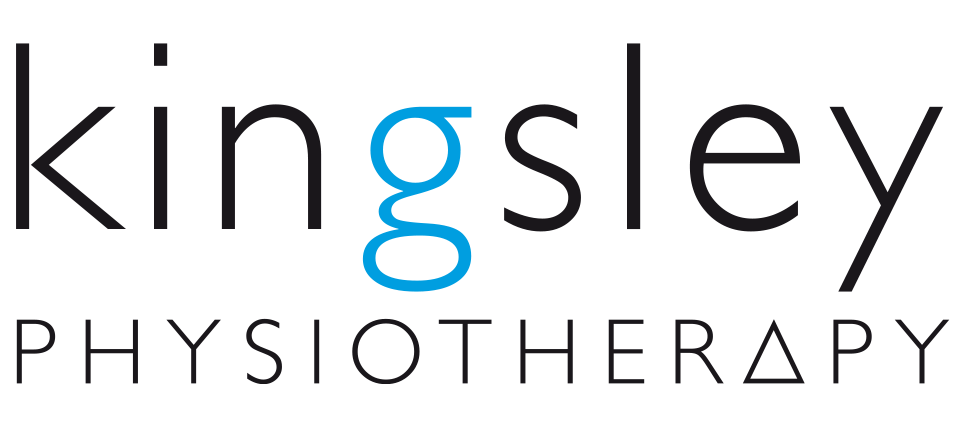Parkinson’s Disease
Parkinson’s disease is a degenerative neurological disorder.
It results from damage to the nerve cells in a region of the brain that produces dopamine, a chemical that is vital for the smooth control of muscles and movement. This nerve cell damage in the brain causes dopamine levels to drop, leading to the symptoms of Parkinson’s Disease.
The main symptoms of Parkinson’s disease are:
- resting tremor or shaking, which usually begins in one arm or hand
- muscle stiffness (rigidity)
- slowing of movement (bradykinesia)
These movement symptoms mean that people with Parkinson’s Disease may have impaired balance and coordination, altered posture and/or problems with standing or walking.
Other common but lesser known symptoms of Parkinson’s disease include altered memory (cognitive impairment), mood disorders (depression and anxiety), sleep difficulties, loss of sense of smell, constipation, speech and swallowing problems, pain and low blood pressure when standing.
Parkinson’s disease symptoms manifest differently in different patients. Many patients experience some symptoms and not others, and even the pace at which the disease worsens varies from person to person.
There is no cure for Parkinson’s disease. However, the symptoms can be managed with support from a range of health professionals including GPs, neurologists, neurological physiotherapists, occupational therapists, psychologists, specialist PD nurses and dieticians.
The mainstay of treatment for Parkinson’s Disease is medications which act to temporarily increase the dopamine levels in the brain or to mimic the effect of dopamine, coupled with healthy diet and regular exercise.
Parkinson’s Disease & Neurological Physiotherapy
The role of physiotherapy in Parkinson’s Disease is to promote independence and well-being utilising exercise, activity and education tailored to the individual. Neurological physiotherapy specifically aims to maximise mobility, balance, functional independence and quality of life.
Every person with Parkinson’s Disease has their own individual symptoms and difficulties which require a comprehensive neurological physiotherapy assessment followed by a customised physiotherapy program. Physiotherapy for Parkinson’s Disease may include:
- movement and exercise for flexibility and strength
- balance re-training
- falls risk management
- functional task practice utilising auditory & visual cues including walking, stairs, on/off floor
- long-term options for everyday activity & exercise
- pain management
- fitness training.





